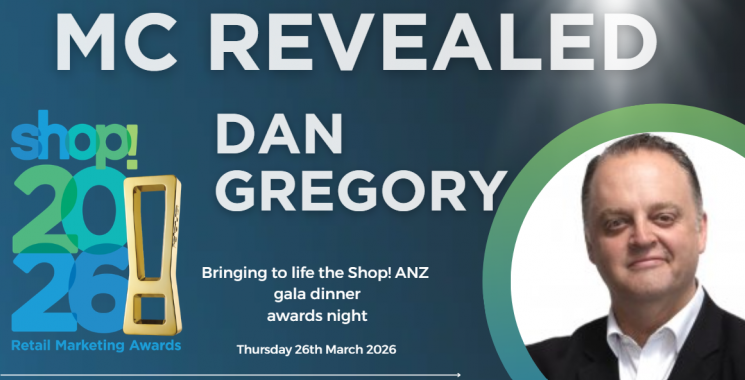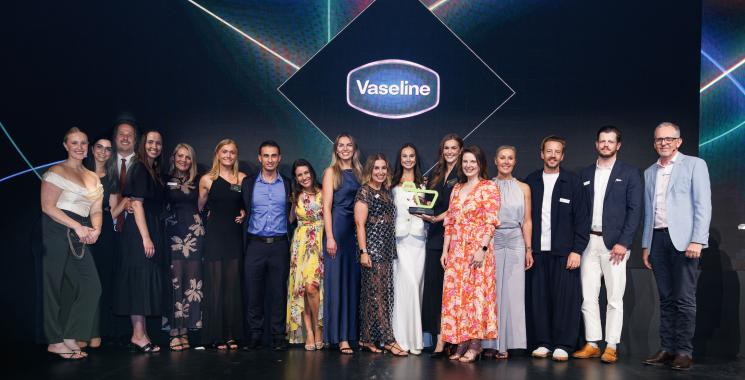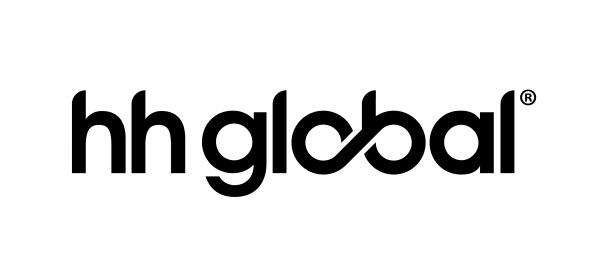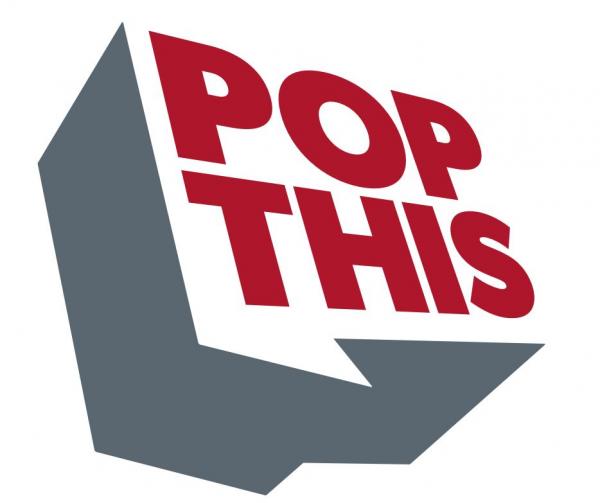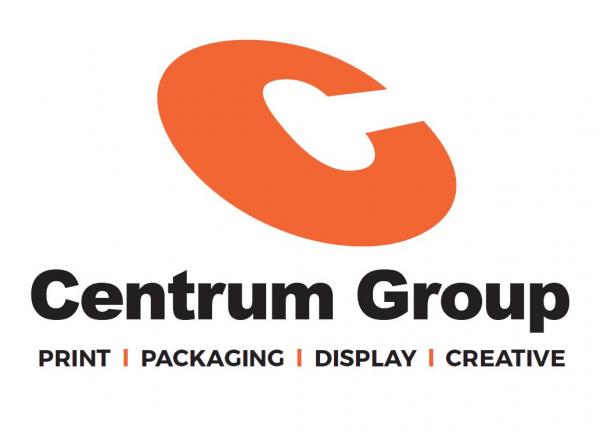Tackling Euroshop - a (but not the only) survival guide
By Daniel Gillard - POPAI 2016 Retail Marketer of the Year
As winner of POPAI's 2016 Retail Marketer of the Year Award, Daniel Gillard, Consumer Insights Manager at The Good Guys, received a trip to EuroShop in Germany. Here, he details his experience and key trends he took away from the Expo and conference component.
After getting over the feeling of being dazed and confused I recommend creating a spreadsheet or similar to keep track of the content. Use this information to determine who the ideal attendees from your organisation will be. Taking colleagues to share the load and when required double up or tag team vendors will get the best result for your organisation.
Have in mind or better yet, written down, the business problems you are looking to solve and look on the vendor walls for the buzz words they're using that could match your problem.
With this in mind, what were the big trends I saw at EuroShop?
The Internet of Things (IoT) becoming operational and the second coming of store video analytics, now what?
Internet of things and store video analytics
The aim as I had it described to me of store video analytics is to be what (Google/Adobe etc) analytics is for e-commerce, for store commerce.
That sounds great, however, it won't be that easy. It will require buy-in from each store and all staff members, plus the operations department at head office for it to be truly successful.
Integrated data needs to be integrated thinking in the business.
A significant and joint effort will be required for the initial set up, for example, camera one is above the product A, while camera two is above product B. Benchtops 1-2 are coded as brand ABC, end cap eight is our supplier funded display X. Beacon A is tracking customers in department 11, etc. Then repeat above process for each outlet.
If the outlets remain exactly as they are, you're set to analyse and provide insight on performance. But is an insight without action an insight at all?
You might uncover the reason sales of category X are down in store A is because there is less foot traffic to that area. So you'll want to try something... if you swap with another product category then you will need to recalibrate your tagging.
If you put signage up in the store to direct people to the area in question, you'll want to test the display used, i.e. Was the message something like "This way for product abc" or something else, were flashing signs used or was it cardboard, a poster, etc. All requiring the store to inform the analytics team, what, where, when.
Website analysis and providing insights to action would be relatively easier than store analysis and insights because you are only dealing with a handful of web properties compared to dozens, or hundreds of stores, each likely to have stock level variations, local completion and potentially differing store design and or size - each influencing store customer behaviour at each location. That's without mentioning the biggest influence on customer behaviour is the sales person they interact with.
When an opportunity is discovered for improvement to the online journey, all that is required is agreement from the online team to test an alternative - change tagging in the analytics software and change the creative and or content displayed to the site visitor. Then test, review results and either keep the alternative tested or refine further. Whereas if an opportunity to refine the
If an opportunity to refine the in store journey is discovered, as stated previously the analytics team would need to source agreement from the store operations team and the individual store itself and organise for staff members to move or alter displays and recalibrate IoT tags.
Maybe the best way forward with store analytics is to measure the influence of in store displays. If each store visitor is assigned a unique identifying number within the software it would be possible to measure how many visitors interacted with the display, or at the very least, had some dwell time at the display and then purchased the product on special, even if the product wasn't actually picked off the display, rather its usual location.
IoT and a greater amount of data becoming available provides new challenges for organisations.
As customer behaviour has changed rapidly in recent years with the shift of power going from the retailer to the customer because of accessibility of product information, transparent pricing and more retailer choices as well as delivery methods, it has become increasingly harder to determine which tech investments have worked and which have just added to the complexity of the organisations day to day business.
Generally, organisations have added new platforms, programs, software over the years as technology has improved and evolved, all the while making customisations to the tech stack to better suit the needs of the organisation. Now new technology is available to get customer management closer to the 1:1 level, similar to how the old corner store owner would know their customers.
Tech stack investments to improve data and analytics generally don't come with anything "shiny" to help achieve board approval for adding more complexity to an organisation.
The other alternative, dare I say it, is to start over again with your technology stack, which brings with it more difficult decisions like who to invest in. Can any single provider be futureproof? Who will be seen as the best in five years’ time? Tough questions to get right.
Responsibilities with data
When knowing too much is a bad thing.
Reimagining the old corner store owner’s relationship with customers is the goal, they knew your name and what you will buy even before you do. Often they might’ve learnt things about you along the way they wouldn’t divulge, but would seem to do that little extra for you to make you special.
Organisations are learning more about customers than ever before, and it is up to us to use it in a way that creates a trusting relationship with our customers.
As the amount of data and complexity surrounding it increases, those analysing that data need time to craft the information into insights to help propel the business forward.
To get this time, all the work they've been compiling over the years for weekly, monthly, quarterly reporting needs to automated as much as possible and the responsibility of collating that information needs to be spread wider throughout the organisation or automated.
I believe it is the responsibility of analysts and data scientists is to uncover the new metrics and to do this they need to be creative, having the freedom to explore all avenues and being allowed to make mistakes along the journey. They need least one senior manager as a sounding board to bounce ideas off and get even more inspiration.
Allowing analysts the freedom of time and space will go a long way to ensuring data becomes truly valuable.
Euroshop vs Shop.org
- Euroshop is more polite you are less likely to be stopped 0r cornered as you walk by stalls.
- Euroshop has more halls, it's a good idea to bring colleagues from various departments or teams and let them loose. You might not see them for the day, but they will likely have possible solutions for multiple problems.
- Shop.org is more technical with a greater focus on analytics, insights and technology platforms.
- Shop.org starts its days with key note speeches then allows all to break off to either here from a multitude of speakers in separate halls or to explore the expo hall.
Daniel Gillard is POPAI's 2016 Retail Marketer of the Year, and Consumer Insights Manager at The Good Guys.


